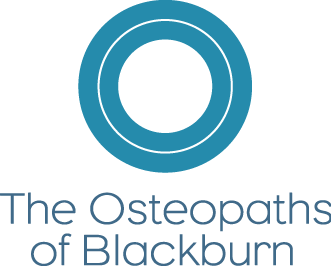Osteopathy is a form of manual therapy that was developed in the 19th Century by an American physician, Andrew Taylor Still. The treatment methods are based on a set of four principles that encourage a holistic approach.
Our Philosophy
The key principles comprising the philosophy of Osteopathy:
The body is a single unit
Although there are many parts in the body, each part works for the benefit of the other parts.
The body has self regulating mechanisms
In order for the body to operate smoothly through life it needs to have a way of protecting, repairing and regulating itself. These “mechanisms” allow the body to make adjustments to stresses caused by the environment and still maintain body homeostasis. These mechanisms keep the body in balance regardless of what works upon it or what happens around it.
Structure and function are reciprocally interrelated
In other words, structure can affect function and function can affect structure.
Rational treatment is based on the first three principles
The osteopath examines, diagnoses and treats based upon the above principles.
For you, this means that treatment extends beyond the clinic and involves diet, exercise and lifestyle. This makes osteopathy an effective form of treatment for sports people, office workers and people with repetitive manual jobs.
Osteopathic treatment is non-invasive, gentle and safe. Our range of techniques are all hands on and expansive, including direct techniques like manipulation and massage or indirect techniques to decrease tension in the connective tissues of the body and restore a sense of balance. With this in mind osteopathy is ideal for treatment of infants, children and the elderly.
To be qualified to practice osteopathy in Australia you need to have completed a 5-year university degree. This means that osteopaths are taught using current accepted models of orthopaedic and neurologic diagnosis, thereby making it safe to treat people suffering many different complaints including, back pain, headaches, disc injuries, arthritis, etc. As we are primary care practitioners you do not need a referral to see an osteopath.
Conditions treated :
- Postural and/or mobility problems
- Back and Neck Pain
- Arthritis
- Joint Pain
- Back Pain during and after pregnancy
- Sports Injuries
- RSI
- Head Pain such as: migraine, jaw pain, neuralgia and tension headaches
- Sciatica
- Asthma
- Digestive problems

